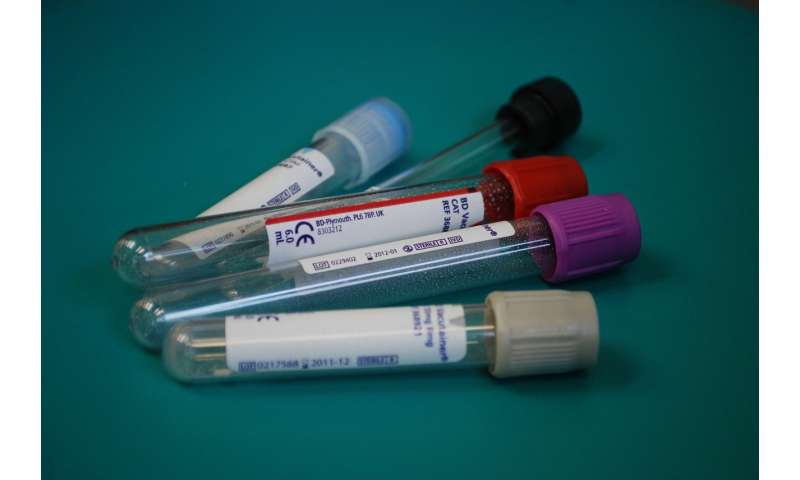
Pharmacists at Martin Luther University Halle-Wittenberg (MLU) have succeeded in detecting small amounts of coronavirus SARS-CoV-2 using mass spectrometry. For their investigation, they used gargle solutions of COVID-19 patients. The novel method might supplement conventional tests. It is currently undergoing improvements and might be available as standard diagnostic tool for COVID-19 in the future. Initial results have been published in the Journal of Proteome Research.
The most prominent test method being used to detect whether someone suffers from an acute COVID-19 infection is the polymerase chain reaction, or briefly, PCR. The PCR technique is highly specific as it detects the viral genome. Alternative tests detect antibodies against the disease. As antibodies are generated in the body during the course of the infection, they can only be used to detect a past infection or an advanced stage of the disease. Antibody tests are often non-specific and sometimes unable to distinguish between the different corona viruses that can affect humans. Testing labs worldwide are therefore reaching the limits of their capabilities.
Professor Andrea Sinz, a mass spectrometry expert at the Institute of Pharmacy at MLU, had the idea of developing a new mass spectrometry-based test to complement PCR. Mass spectrometry allows molecules to be precisely identified based on their mass and charge. Sinz and her colleagues developed a method to look for components of SARS-CoV-2 viruses. “We directly measure the proteins of the virus, not the genetic material,” Sinz explains.
For the experiments, University Medicine Halle provided gargle solutions of three COVID-19 patients. Sinz’s research group developed a method to detect virus components in these highly diluted samples. “Although we received only a small amount of gargle solution, we were able to detect components of viral proteins,” says Dr. Christian Ihling, who carried out the tests. “This was quite surprising, and I hadn’t expected it to work myself,” Sinz adds. The test is highly specific for the virus since the corresponding proteins are only present in SARS-CoV-2. In addition, the test can be used in the early stages of the disease when many viruses are present in the mouth and throat.
According to Sinz, the test currently takes about 15 minutes. The research group is now trying to further reduce the analysis time using artificially produced virus components. Sinz is also looking for further collaborations, including companies. “Together with a company from Hesse, we are planning to use another mass spectrometric method that would enable us to perform measurements within seconds”. This method would then be comparable to so-called ‘biotyping,’ which is an established method used by hospitals to diagnose bacterial or fungal infections. However, it remains to be seen whether this approach will also be suitable for detecting SARS-CoV-2. Sample preparation would no longer be time-consuming and the measurements could also be carried out by non-specialized personnel.
Source: Read Full Article